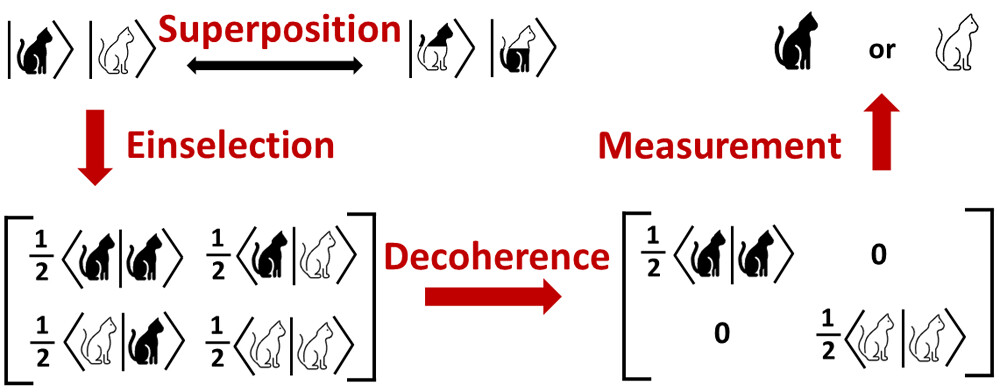Today was published our invited perspective article in JCTC:
Y. Shu and D. G. Truhlar, Journal of Chemical Theory and Computation 19, 380-395 (2022).
It is openly available to all readers at doi.org/10.1021/acs.jctc.2c00988.
In this perspective, we introduced the theoretical concepts that are essential to understand decoherence in electronically nonadiabatic molecular events. We emphasized that the reduced density matrix of a subsystem evolves according to a nonunitary Liouville–von Neumann equation even if the full density matrix of the combined subsystem and environment remains pure. When governed by a nonunitary Liouville–von Neumann equation, the off-diagonal elements of the subsystem reduced density matrix decay to zero. This is the central fact of decoherence; and this decay of coherence is essential in understanding the propagation of the electronic reduced density matrix in chemical and physical systems, not just in a condensed phase due to the solvent but even in a small molecule in the gas phase, where the electronic subsystem is decohered by the nuclei, which act as an environment. We discussed how the continuous monitoring of electrons by the nuclei causes decoherence of the reduced electronic density matrix.
Simulations of the decoherence effect in nonadiabatic dynamics can be achieved by a combination of a decay-of-mixing algorithm and an ensemble average over initial conditions, for example by decoherence with decay of mixing, which is available in the ANT program and will soon become available in SHARC-3.0.
Decoherence was also recently discussed (very briefly) in Don Truhlar’s letter to the editor of Physics Today: “More on the Quantum Measurement Problem,” D. G. Truhlar, Physics Today 75(11), 13 (Nov. 2022) doi.org/10.1063/PT.3.5113
